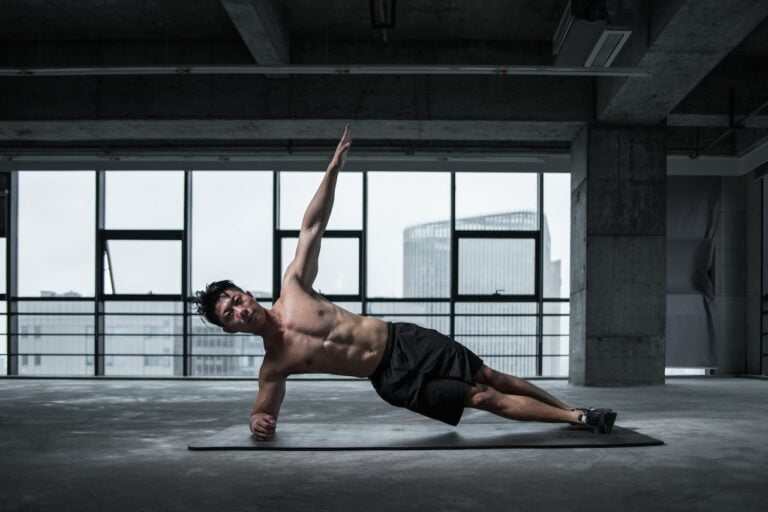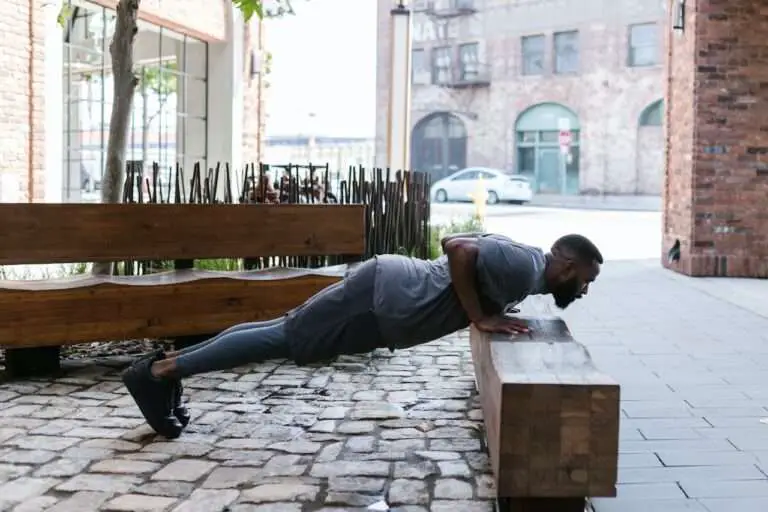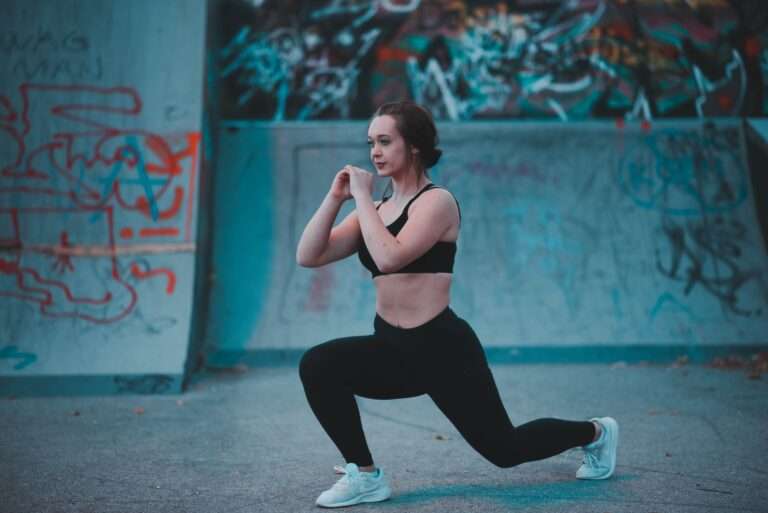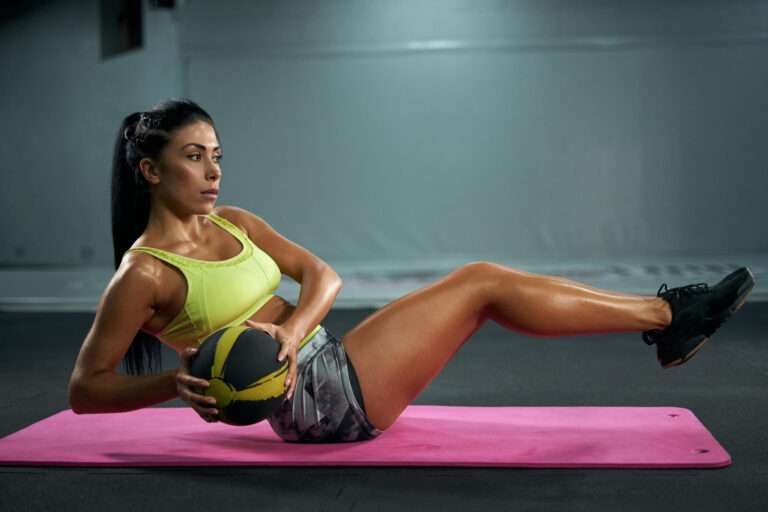A Step-by-Step Pistol Squat Progression for All Fitness Levels
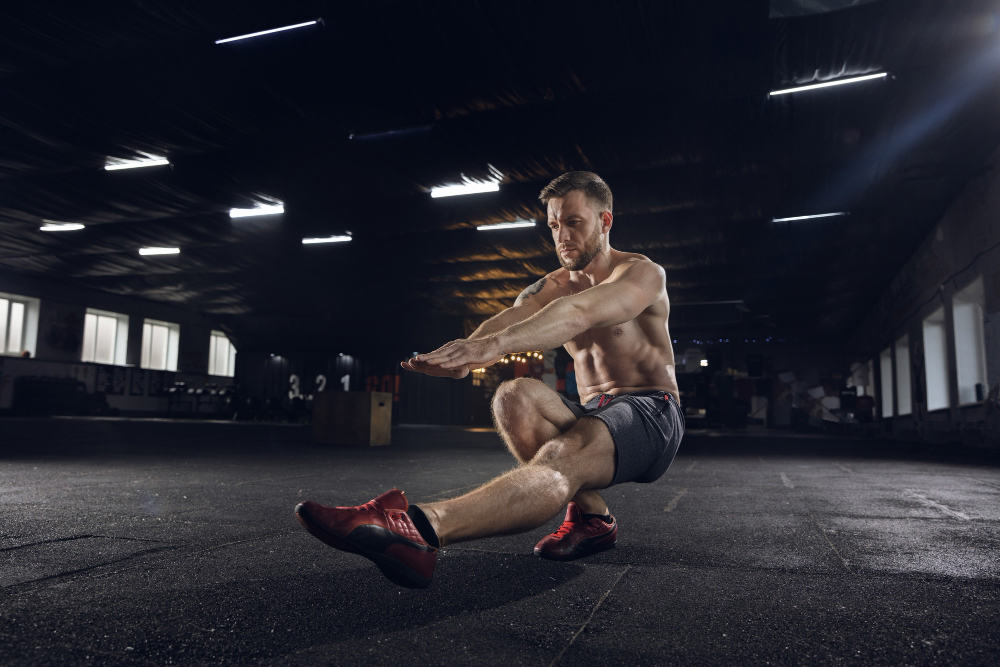
The Pistol squat, a difficult single-leg exercise that challenges your leg strength and muscle growth is the pistol squat. It takes a lot of strength, flexibility, and control to do this difficult technique. You’re not alone if you find it hard to complete even one repetition. The pistol squat requires persistence and a systematic approach to master.
In fact, the pistol squat can be difficult for even experienced athletes. You need to start with easier progressions in order to begin on this journey. To assist you in developing the required strength and abilities, we have prepared a variety of pistol squat variations. The right technique for doing the pistol squat, the most common mistakes to avoid, and the ideal frequency of integrating it in your training plan are all covered in this article. Here, you will find all the information you require.
Understanding the Pistol Squat:
Let’s identify the difference between a standard single-leg squat and a pistol squat before going into further detail. The position of your front leg is important in the first exercise, allowing for a one-leg squat with the hip split just above the knee crease. The pistol squat, on the other hand, has you standing on one leg with the other leg extended in front of you and the hamstring resting on the calf. The goal is to go as low as you can and then rise back up using only your own strength.
Foundational Strength for the Pistol Squat:
It takes leg strength similar to squatting 1.2–1.5 times of your body weight for performing a pistol squat correctly. Let’s explore this in more detail to make it clear. An 80 kg person trying a back squat twice their weight would need a barbell loaded up to 160 kg. In this case, each leg must support 80 kg of barbell weight and 40 kg of the person’s body weight. Each leg would have to lift 120 kg. You significantly reduce your risk of spinal compression while gaining additional benefits by holding a 40kg weight.
Progressing Towards the Pistol Squat:
Although pistol squats are known for being hard, many people find them to be difficult to achieve. Unless you’re already at the top of your fitness game, it’s ridiculous to expect to master them immediately. Start your trip by concentrating on workouts that develop the necessary muscle groups. The following pistol squat progression workouts will help you learn this difficult move:
- Deep Squat: 30 reps, 3 sets
- Bulgarian Squat: 15 reps, 3 sets
- Archer Squat: 15 reps, 3 sets
- Chair Pistol Squat: 15 reps each side, 3 sets
- Assisted Pistol Squat: 10 reps each side, 3 sets
- Negative Pistol Squat: 10 reps each side, 3 sets
- Elevated Pistol Squat: 10 reps each side, 3 sets
- Pistol Squat: 10 reps each side, 3 sets
Understanding these Progressions:
Deep Squat:
- Objective: Achieving a squat depth where the hip crease drops below the knee crease.
- Benefits: Enhances hip mobility and flexibility while building foundational strength for the pistol squat.
- Execution: Perform as a bodyweight exercise, with resistance added via front or back squats using weights like barbells or dumbbells.
- Key Focus: Maintain proper squat form, ensuring your hips go lower than your knees at the lowest point.
Also read: How to do muscle up
Bulgarian Squat:
- Objective: Elevating the back leg while performing a single-leg squat to target the quadriceps and enhance balance.
- Benefits: Develops unilateral leg strength and coordination, preparing you for the pistol squat’s demands.
- Execution: Place the back foot on a bench or sturdy chair behind you while performing a controlled single-leg squat.
- Key Focus: Keep your front knee aligned with your ankle, engaging core muscles for stability.
Also read: How to do front lever
Archer Squat:
- Objective: Starting from a split stance to emphasize hip mobility, balance, and controlled movement.
- Benefits: Enhances balance and lateral stability, targeting muscles needed for the pistol squat.
- Execution: Shift your weight to one leg, lowering yourself to that side while maintaining a straight back and stable knee.
- Key Focus: Lower your hips below your knee while pushing from the heel to return to the starting position.
Chair Pistol Squat:
- Objective: Utilize a stable platform to practice the pistol squat movement with controlled assistance.
- Benefits: Builds familiarity with the pistol squat motion while providing support for balance.
- Execution: Sit and stand from a stable chair, gradually lifting one foot off the ground while distributing weight to one leg.
- Key Focus: Keep your back straight and chest up during the movement, using your leg muscles to control the motion.
Assisted Pistol Squat:
- Objective: Utilize external support to help you perform the pistol squat with controlled assistance.
- Benefits: Builds the necessary strength for the pistol squat while developing balance and coordination.
- Execution: Use objects like doorways, tables, or suspension trainers for assistance while practicing the pistol squat motion.
- Key Focus: Engage your core and use assistance only as needed to ensure proper form.
Negative Pistol Squat:
- Objective: Focus on controlled descent to enhance balance and eccentric strength.
- Benefits: Strengthens the lowering phase of the pistol squat while improving muscle control.
- Execution: Begin on one leg, flex the opposite leg’s quad, and slowly descend into a pistol squat before returning to the start.
- Key Focus: Maintain control throughout the descent and ascent, using the targeted leg’s strength.
Elevated Pistol Squat:
- Objective: Perform the pistol squat on an elevated surface to focus on balance and control.
- Benefits: Enhances balance and control during the pistol squat motion, targeting the required muscle groups.
- Execution: Stand on an elevated surface while lifting one leg, gradually squat down and back up using the standing leg.
- Key Focus: Ensure your knee stays in alignment with your ankle while pushing through the heel.
Pistol Squat:
- Objective: Achieve a full pistol squat, squatting on one leg while keeping the opposite leg extended.
- Benefits: Demonstrates mastery of balance, flexibility, and strength required for the pistol squat.
- Execution: Balance on one leg, extend the opposite leg, and descend into a squat position, then return to the start.
- Key Focus: Keep the squat controlled, maintain a straight back, and push through the heel during ascent.
Common Mistakes to Avoid:
The temptation to rush into the full pistol squat without building the necessary strength and skill is a common error. This risky approach can lead to injury. Therefore, it’s crucial to familiarize yourself with the progression exercises before attempting the full movement.
Warm up your hips and ankles before beginning the pistol squat since these muscles need stability and flexibility. After warming up, concentrate on keeping your weight on your heel to avoid leaning forward or putting too much strain on your knees.
Another mistake to avoid is allowing your knee to slide inwards or outwards or allowing it to extend throughout your toes without keeping it straight with your ankle. Keep in mind that you ought to try to maintain excellent squatting form, just like in a standard squat.
Conclusion
Achieving mastery in the pistol squat not only shows your commitment to physical fitness but also helps in the development of the muscle groups required for difficult exercises. This exercise requires appropriate technique and care; it shouldn’t be performed rushed. You’ll progressively develop the ability to do the pistol squat with confidence as you proceed through the exercises, paying close attention to form and little strength improvements. You can benefit from this effective leg exercise by improving your squatting form while progressing gradually.



